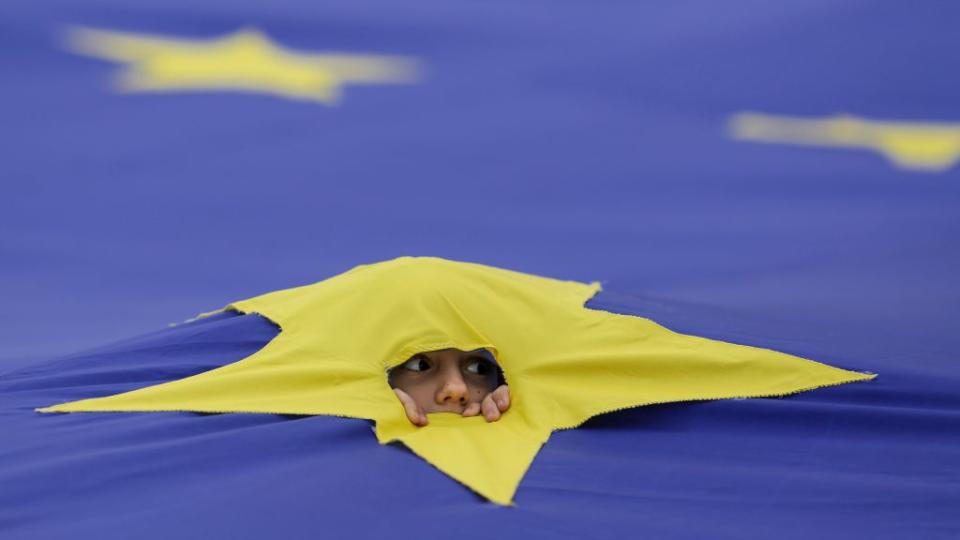The future of the EU and Brexit comes down to five bullet points

On Wednesday (March 29) UK prime minister Theresa May is to announce she is triggering Article 50—officially starting Brexit, or Britain’s exit from the European Union. Article 50 is an exit clause found in the Treaty on European Union, and it’s actually quite short—just five points. Here’s how it came to be:
What is the Treaty on European Union?
The Treaty on European Union is an updated version of the Maastricht Treaty, which formed the EU when it was signed in the Netherlands in 1992. Every member state must sign in order to join. The Treaty on European Union was preceded by another important document, the Treaty of Rome, signed 60 years ago by France, then-West Germany, Italy, the Netherlands, Belgium and Luxembourg, to create the European Economic Community. The Treaty of Rome, considered a critical step in the development of the EU, established a common European market and free movement of people.
What is the Treaty of Lisbon?
The Treaty of Lisbon, signed in 2007, amends and updates the Treaty on European Union and the Treaty of Rome. The Treaty of Lisbon was written to reform the functions and decision makers of the EU as it grew. Though Article 50 is part of the text of the Treaty on European Union, the Treaty of Lisbon codified it as a formal exit clause. The idea of withdrawal was controversial before the Lisbon Treaty, and there was no clear mechanism for actually leaving.
Full text of Article 50
1. Any Member State may decide to withdraw from the Union in accordance with its own constitutional requirements.
2. A Member State which decides to withdraw shall notify the European Council of its intention. In the light of the guidelines provided by the European Council, the Union shall negotiate and conclude an agreement with that State, setting out the arrangements for its withdrawal, taking account of the framework for its future relationship with the Union. That agreement shall be negotiated in accordance with Article 218 (3) of the Treaty on the Functioning of the European Union. It shall be concluded on behalf of the Union by the Council, acting by a qualified majority, after obtaining the consent of the European Parliament.
3. The Treaties shall cease to apply to the State in question from the date of entry into force of the withdrawal agreement or, failing that, two years after the notification referred to in paragraph 2, unless the European Council, in agreement with the Member State concerned, unanimously decides to extend this period.
4. For the purposes of paragraphs 2 and 3, the member of the European Council or of the Council representing the withdrawing Member State shall not participate in the discussions of the European Council or Council or in decisions concerning it. A qualified majority shall be defined in accordance with Article 238(3)(b) of the Treaty on the Functioning of the European Union.
5. If a State which has withdrawn from the Union asks to rejoin, its request shall be subject to the procedure referred to in Article 49.

Sign up for the Quartz Daily Brief, our free daily newsletter with the world’s most important and interesting news.
More stories from Quartz:

 Yahoo Finance
Yahoo Finance 